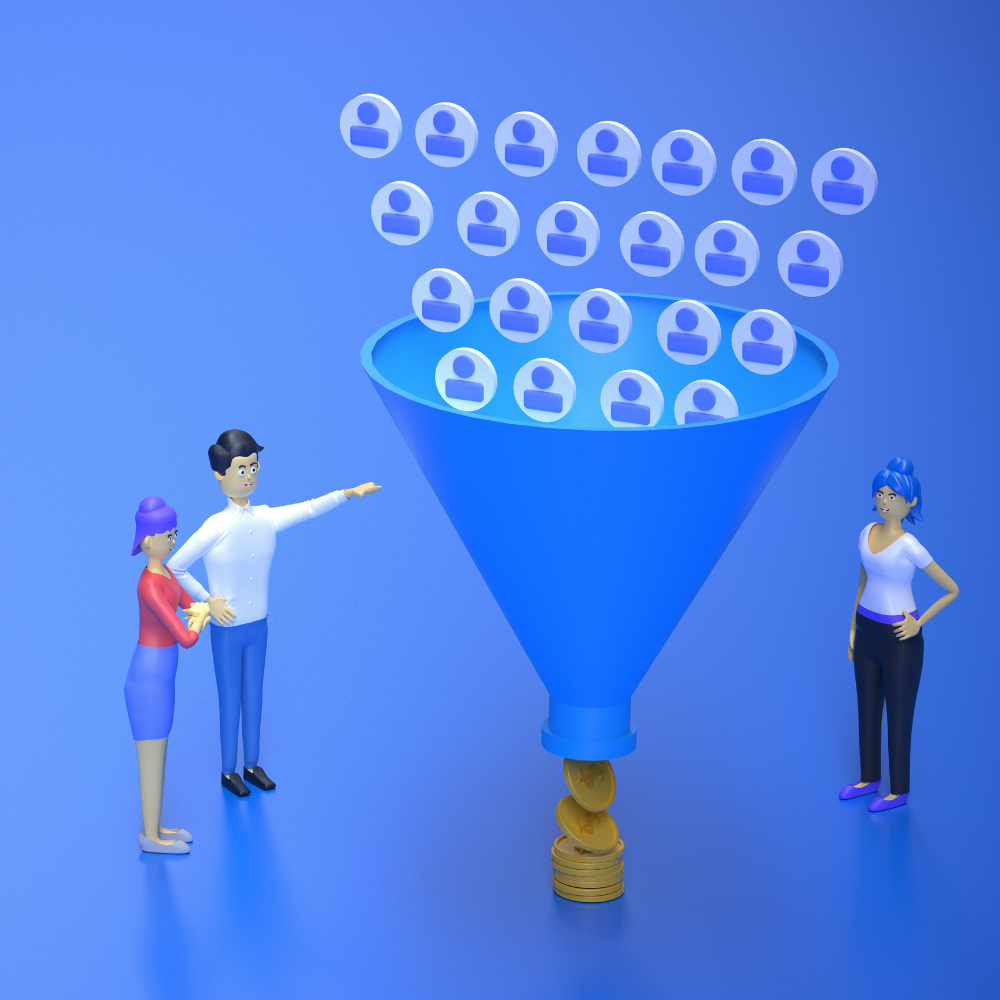
Brush your teeth right after eating?
Brushing your teeth is a daily routine for most people. But what about the saying that after eating you should brush your teeth? This is explained by an expert in dentistry.
Before sleeping and after eating: don't forget to brush your teeth! Many people still remember this mnemonic from childhood when it comes to oral hygiene. But usually you have to wait a little longer before cleaning up after eating a meal - this especially applies to the consumption of certain foods.
Drink or rinse with water
"We strongly recommend that you wait to brush your teeth after consuming anything acidic, whether it's fruit, soda, juice or sour candy," said Ezzard Rolle, DDS, professor adjunct of dentistry at Columbia University's College of Dental Medicine, in a post.
"The reason is that the acids in the mouth weaken the enamel, which is the outer layer of the tooth," explains the doctor. Brushing your teeth immediately after eating something acidic can damage the enamel layer of the tooth.
Waiting about 30 minutes before brushing your teeth allows tooth enamel to remineralize and replenish.
But in the meantime, something can be done to help the teeth: "After eating or drinking anything acidic, I always recommend rinsing with water or drinking it to start the enamel remineralization process. "
Use soft bristles
Rolle recommends choosing a toothbrush with soft bristles to protect teeth and gums.
"There's a common misconception that a hard toothbrush cleans better than a soft toothbrush, but that's just not true," says the dentist.
Not only does a soft brush clean just as effectively, it's also better for gums and teeth. Hard toothbrushes can be somewhat abrasive and attack tooth enamel. They can also cause the gums to recede, which can lead to sensitive teeth.
Rolle also advises applying light pressure when brushing: "Always avoid brushing too hard, as this will also damage the gums and teeth."
Protect gums and teeth
When brushing, place the toothbrush at a 45 degree angle to the gums, hold the toothbrush parallel to the teeth, and brush in circular motions. "This technique cleans the teeth very effectively," says Rolle, "but is also very gentle on the gums and the teeth."
It is important to brush your teeth for two minutes as this ensures that each section of the mouth is properly cleaned.
Rolle is a fan of electric toothbrushes: "The main advantage of an electric toothbrush is that it does most of the cleaning for you", explains the doctor. "All you have to do is hold a toothbrush against your teeth and it will do the right brushing motions."
Brush your teeth with KAI
It is also important to use the correct cleaning technique, which should always follow the same pattern. Here, KAI is a proven system, according to the information portal "kindergesundheit-info.de" of the Federal Center for Health Education (BZgA). This means:
K = occlusal surfaces: First, all occlusal surfaces are cleaned with short back and forth movements.
A = Exterior surfaces: The exterior surfaces are then cleaned with circular movements. The teeth rest on top of each other and the brushing starts from the middle to the right and to the left.
I = Interior surfaces: Finally, the interior surfaces are cleaned with small circles or rotating movements "from red to white", that is, from the gums to the teeth.
Flossing twice a day
Not only should you brush your teeth at least twice a day, Rolle also recommends flossing twice a day.
"Ideally, you'd brush and floss after every meal, but that might not be very realistic for people with busy jobs or busy schedules," he says. "We therefore recommend brushing and flossing at least twice a day, and ideally once before bedtime."
Flossing is a very effective way to clean between your teeth, areas that toothbrushes often fail to clean effectively. (ad)
Author and source information
Show nowThis text corresponds to the specifications of the specialized medical literature, medical guidelines and current studies and has been verified by health professionals.
Important note:
This article contains general advice only and should not be used for self-diagnosis or treatment. It cannot substitute a visit to the doctor.



